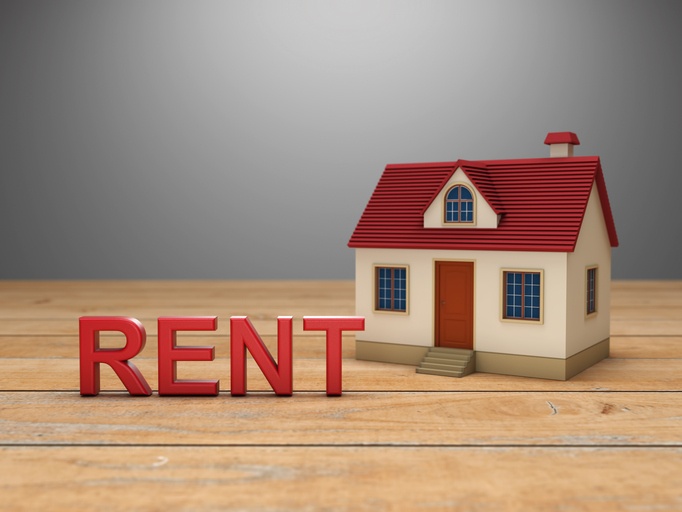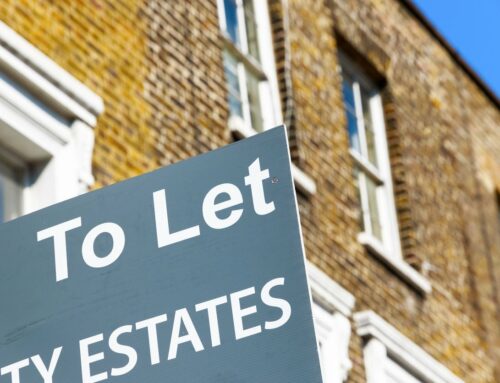Home » Uncategorised »
Growth in Private Sector Rents has Slowed since 2016
This article is an external press release originally published on the Landlord News website, which has now been migrated to the Just Landlords blog.

Private sector rents paid by tenants in the UK increased by an average of 1.0% in the 12 months to January 2019, which is unchanged from December 2018, according to the latest Index of Private Housing Rental Prices (IPHRP) from the Office for National Statistics (ONS).
Growth in private sector rents across the UK has generally slowed since the beginning of 2016, driven mainly by a slowdown in London over the same period.
Private sector rents in the UK, excluding London, rose by an average of 1.5% in the 12 months to January, which is up from 1.4% in the previous month. Rent prices in the capital increased by an average of 0.1% over the same period – down from 0.2% in December.
The December 2018 Residential Market Surveyfrom the Royal Institution of Chartered Surveyors (RICS) reported demand from prospective tenants holding broadly steady for the third consecutive month. New landlord instructions remained in decline, however, rounding off a year in which they had fallen in all 12 months.
In its Private Rented Sector Report for December 2018, ARLA Propertymark (the Association of Residential Letting Agents) reported that, year-on-year, both demand from potential tenants and the supply of available properties fell.
These supply and demand pressures can take time to feed through to the IPHRP, which reflects price changes for all private rental properties, rather than only newly-advertised homes.

Focusing on the long-term trend, between January 2015-January 2019, private sector rents in the UK rose by an average of 7.0%.
Private sector rents in Wales increased by an average of 0.9% in the 12 months to January, which is up from 0.8% in the previous month. Wales showed a broad rise in its annual growth rate between July 2016 and the end of 2017, but has fallen back since.
In Scotland, private sector rents grew by an average of 0.7% in the year to January – up from 0.6% in December. The weaker growth since 2016 may be due to stronger supply and weaker demand north of the border.
English private sector rents rose by an average of 1.1% in the 12 months to January, which is unchanged on December. When London is excluded from England, rent prices increased by 1.6% in the year to January.
The annual rate of change for Northern Ireland (1.6%) in September 2018 is higher than the other countries of the UK. Northern Ireland has seen an increase in its annual growth rate between the end of 2016 and the end of 2017, but fell back slightly in 2018. Northern Ireland’s data has been copied forward since September 2018. The next update to Northern Ireland statistics will be in the release on 20thMarch 2019.
All UK countries have experienced rent price rises since 2015. Since January of that year, private sector rents in England increased more than in Wales, Scotland and Northern Ireland.
In the 12 months to January 2019, rent prices in London rose by an average of 0.1%, which is down from 0.2% in December. The RICS reported in its September 2018 Residential Market Surveythat tenant demand has staged a sustained recovery in the capital over recent months, increasingly outstripping supply. However, it notes that rents are still anticipated to see little change in the near-term.
Focusing on the English regions, the ONS found that the largest annual rent price growth in January was in the East Midlands, at 2.4%, which is down slightly from 2.5% in the previous month. This was followed by Yorkshire and the Humber (1.9%), which is up from 1.8% in December, and the West Midlands (1.8%), which is unchanged.
The lowest annual growth in private sector rents was in London, where prices were up by just 0.1%. The North East followed, at 0.4%, which is up from 0.3% in December 2018.




